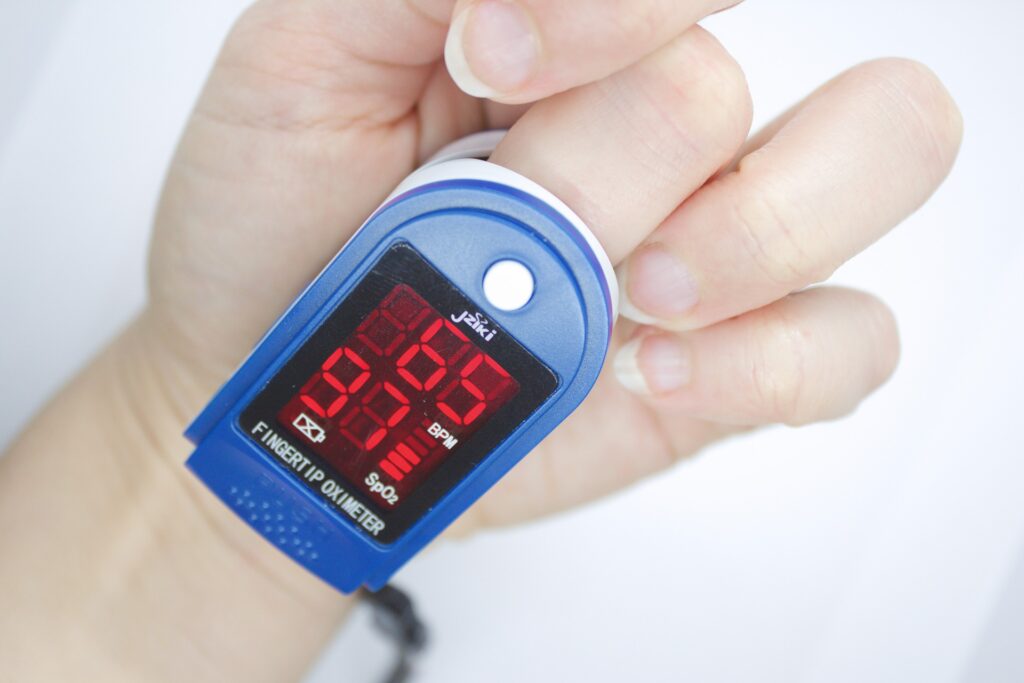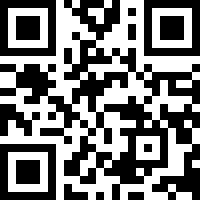Pulse oximeters have been around in hospitals to reflect oxygenation in the blood. Poor oxygenation can be caused by different illnesses or other underlying patient factors. With COVID-19 being mainly a respiratory illness, the use of pulse oximeters in determining oxygen saturation became a reliable tool in predicting hypoxemia or poor oxygenation in the blood. Thus, the demand and supply for pulse oximeters increased exponentially in 2020, making these tiny devices more available commercially than it has ever been in years.
What is a pulse oximeter, and how does it work?
Originally invented by Takuo Aoyagi in 1974, pulse oximeters have become a useful tool for health care providers in estimating oxygen saturation and pulse rate. This tiny clip device uses the principle of spectrophotometry, where a strobe of light passes through the finger. The transmitted beams are automatically equated to the percentage of blood that is carrying oxygen in the body.
Pulse oximeters are attached more commonly to your fingers, but they can be attached to the toes or earlobes, too. With proper placement, results would show up in a matter of seconds. American Thoracic Society suggests counting your pulse for one minute and comparing the number you get to the pulse number on the oximeter to give an accurate reading. Readings between the oximeter and manual checking of your pulse rate must be similar to grasp a more reliable result.
When do we use pulse oximeters?
Patients with worsening respiratory symptoms such as cough, difficulty of breathing, or shortness of breath, as well as patients with respiratory illnesses such as asthma, COPD, or pneumonia, may benefit from pulse oximeter monitoring.
Certain anesthetic medications can cause respiratory depression. Anesthesiologists have included pulse oximetry in their standard care of monitoring asleep patients. Since then, respiratory complications from anesthesia have lessened, and patient safety has greatly improved.
Oxygen saturation of patients admitted at the critical care units is continuously monitored every second or every 4 to 8 hours when transferred to a step-down care facility.
A non-hospital setting could benefit from pulse oximetry as well. Whether transported by an ambulance serving a nearby emergency room, low oxygen saturations among trauma or stroke patients may be prevented by health care providers by applying adequate oxygen supplementation or emergency airway access through intubation if needed.
What are the limitations of pulse oximeters?
Pulse oximeters are non-invasive, very user-friendly, and without any contraindications. In February 2021, the Food and Drug Administration (FDA) warns the public about the limitations of pulse oximeters. According to the FDA, poor circulation, skin pigmentation, skin thickness, skin temperature, current tobacco use, and fingernail polish (especially dark nail polish) can lead to inaccurate readings.
In addition to a low pulse oximetry reading, the FDA also warns the following signs and symptoms must signal the patient to go to the nearest emergency room for additional testing and treatment. Signs and symptoms include:
a. Darkening of the face, lips, or nails;
b. Worsening cough, or difficulty of breathing;
c. Restlessness and discomfort;
d. Chest pain or tightness; and
e. Rapid pulse rate
The pandemic has allowed more self-monitoring among patients who have symptoms of COVID-19. Applying remote patient monitoring may maximize the use of pulse oximeters with proper guidance by health care providers.
How can pulse oximeters help monitor COVID-19 patients?
Continuous pulse oximeter readings have been utilized in hospitals for patients with moderate to severe COVID-19 symptoms. Still, patients with no symptoms can also benefit from monitoring by early detection of “silent hypoxia” or “happy hypoxia.” This condition among COVID-19 patients present low oxygen saturations–usually below the normal range of 95 to 100% — with no signs of breathing discomfort or difficulty. In this state, hypoxia is not noticed until signs of respiratory distress are present, that pictures a more severe case of COVID-19. Early detection has saved many patients from being on a ventilator. And routine use among those with moderate to severe COVID-19 disease had lesser respiratory complications.
While still a growing innovation in the health care market, applying pulse oximeter monitoring through RPM among COVID-19 patients is be a promising way to lessen viral transmission without compromising patient assessment and treatment.
In the past, patients hospitalized for pneumonia were monitored every 4 hours, and if symptoms were severe, that’s when monitoring vital signs increase to every 1 to 2 hours. In RPM, intervals in which we monitor our patients are individualized based on the patient’s condition. From work to home setups, hospital at home can soon be possible with technology. The future of more care at home-monitoring will hopefully improve and prevent serious complications compared to when a patient is not monitored—a far cry from scheduling doctor’s appointments every three months. Follow-ups can now be monitored and scheduled at the tip of the health care provider’s fingers.
In the future, with the supervision of health care providers, pulse oximeters can be as indispensable as blood pressure monitors or weighing scales. With the aid of RPM, HCPs will immediately alert patients with abnormal readings without the expense of scheduling checkups just at the comfort of your home.
While it is a tool, pulse oximeter readings should only estimate oxygen saturation. It should not replace arterial blood gas measurement when more defined information is needed to determine the body’s oxygen supply.
In conclusion, the pulse oximeter is a tool and should not be replaced by a health care provider’s medical diagnosis. Health care providers should not overlook signs and symptoms as well. While during the pandemic, pulse oximeter use can be recommended, it is still best used under the provision of your healthcare provider to monitor COVID-19 related symptoms.
– D.C.


